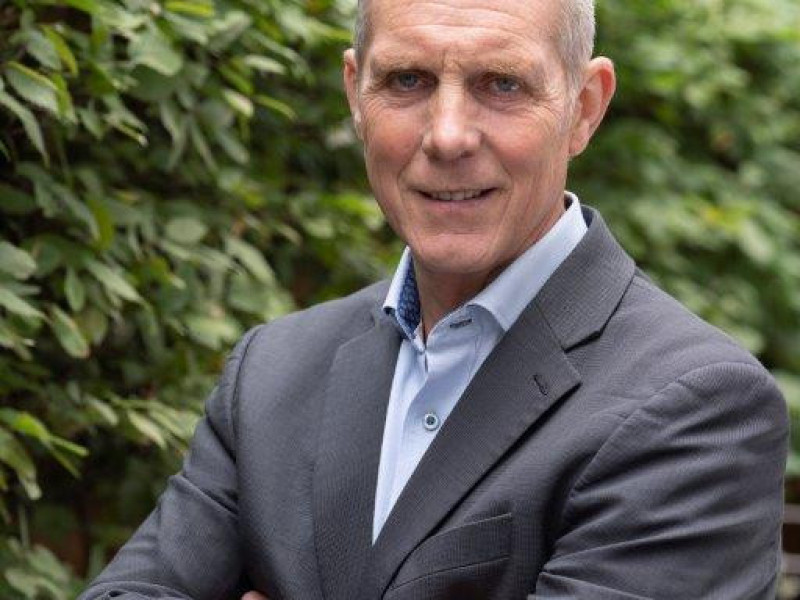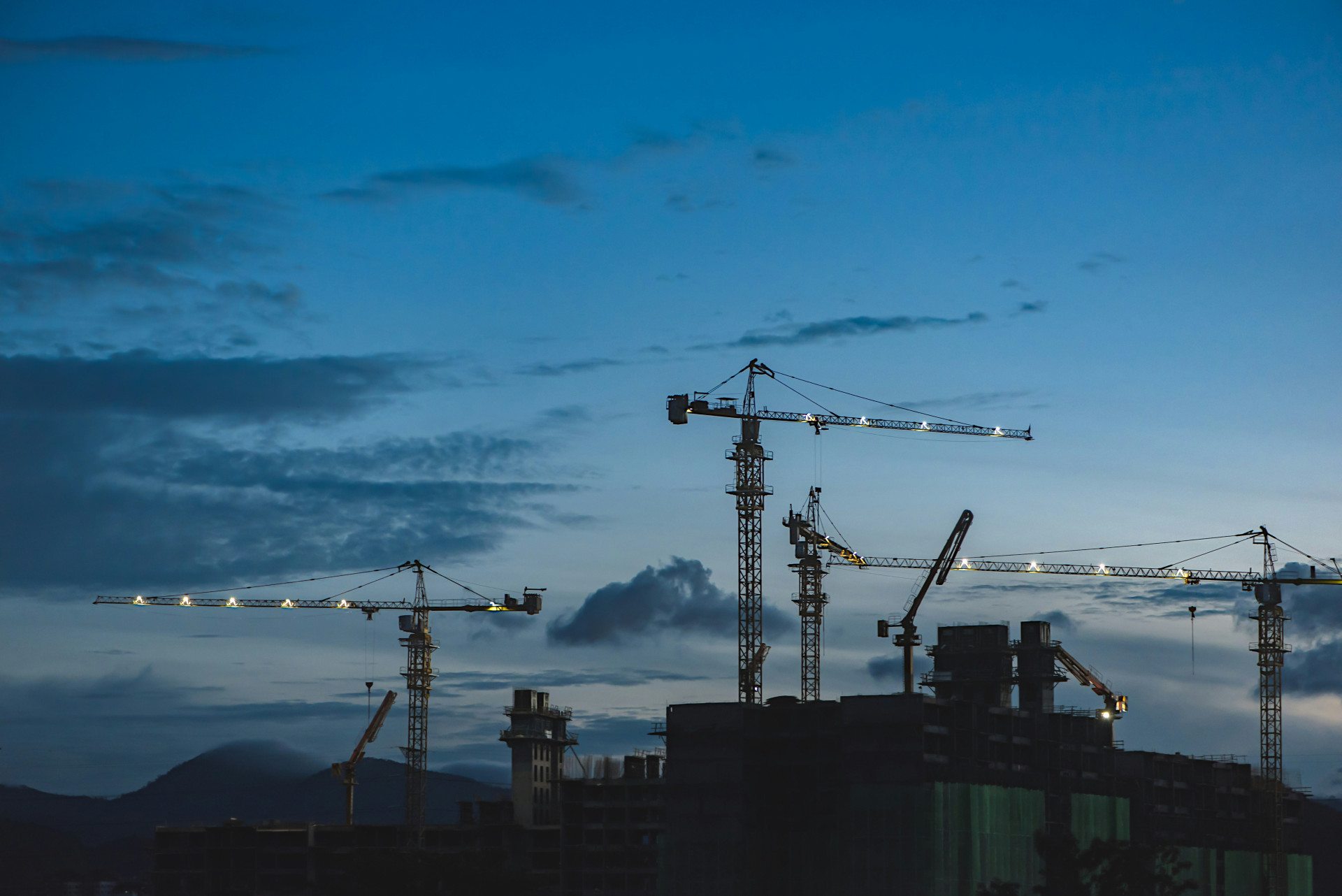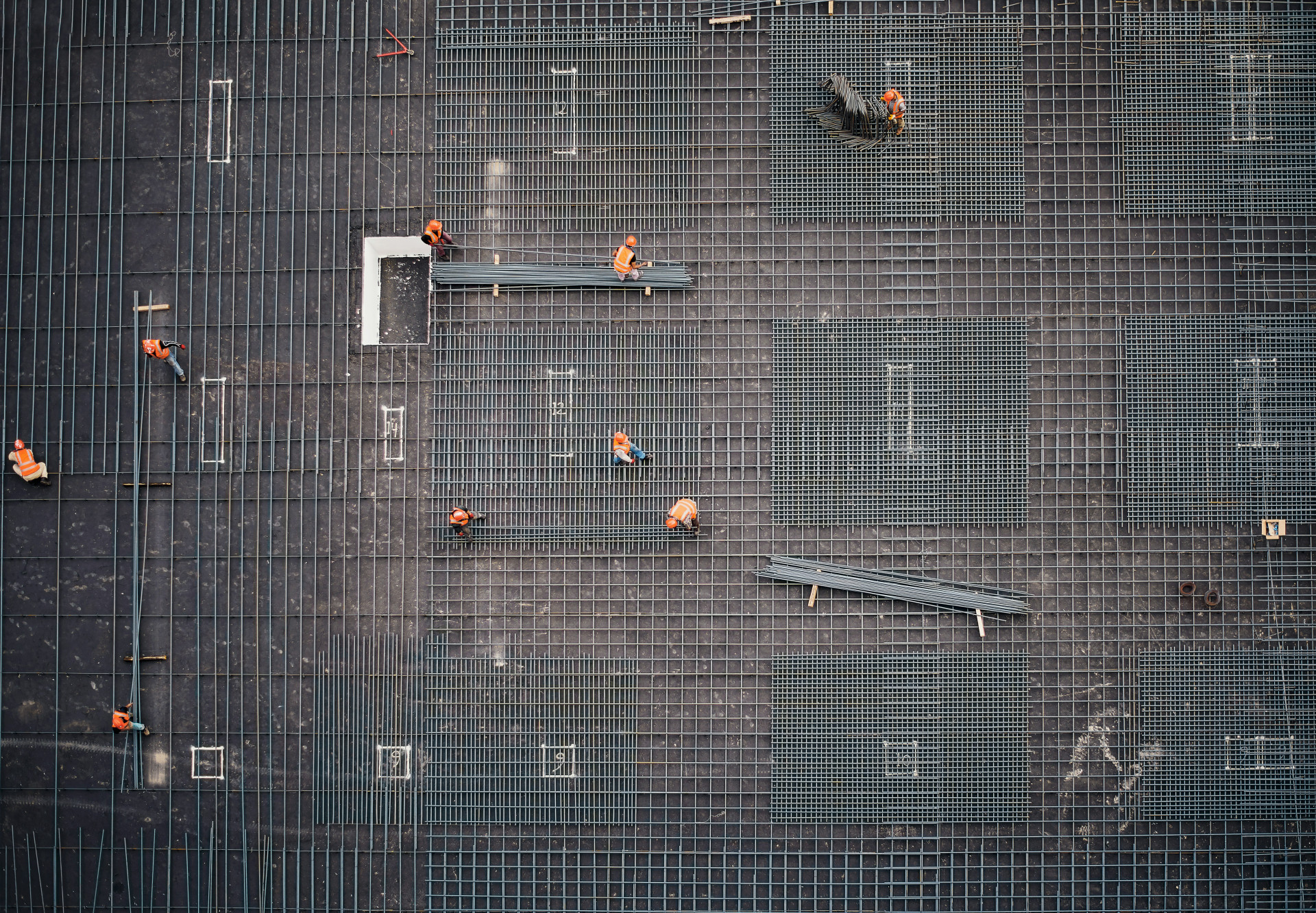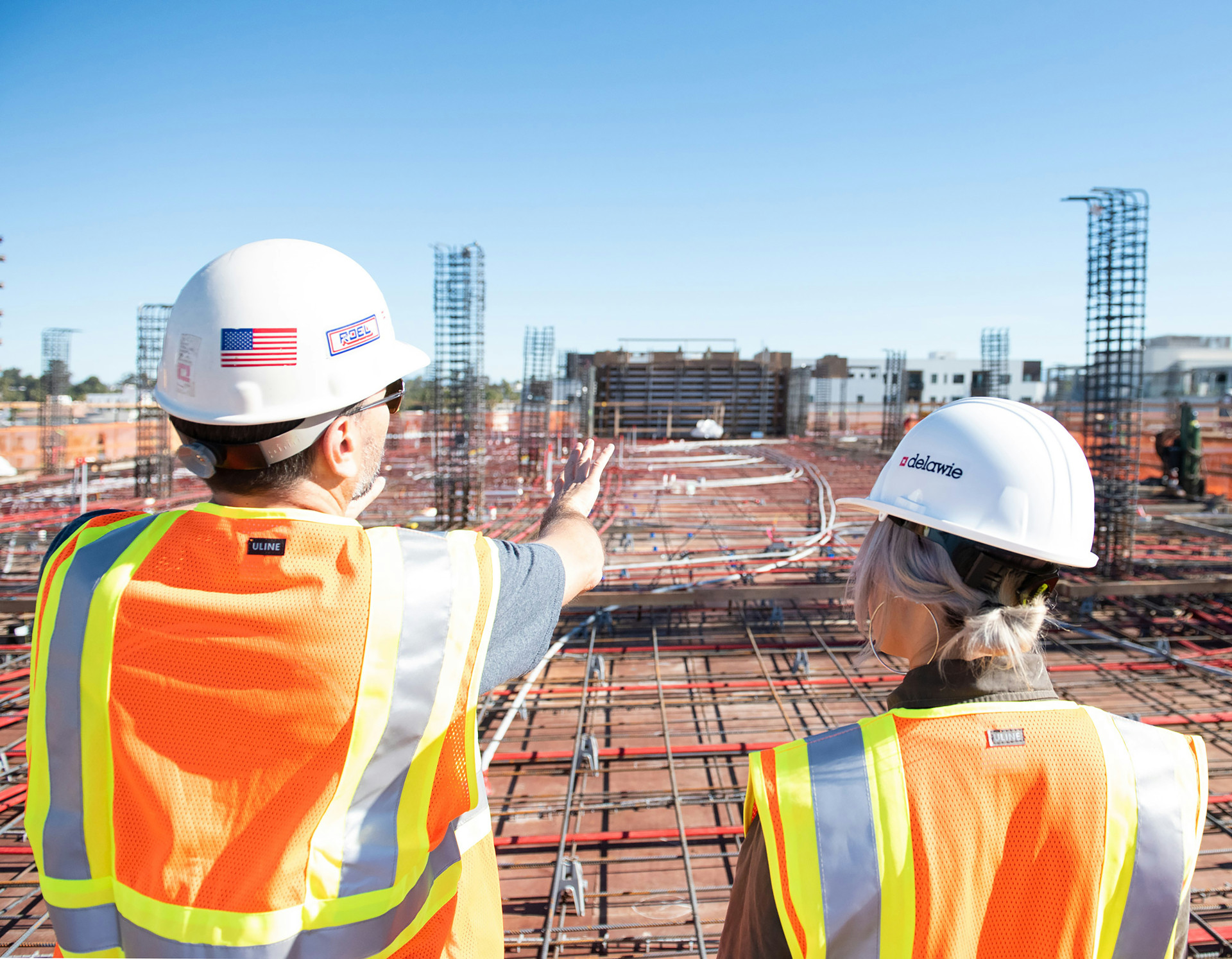Clive Johnson, former IIRSM President and Non-Executive and Head of Health and Safety at the Duchy of Lancaster, explains how the profession has changed and why there is work to be done to keep our employees safe and healthy
How did you first get involved with IIRSM?
I was an IIRSM Council Member since December 2015 and named Deputy President Elect in 2017 before becoming President in 2019 for two years and then retiring. I was chuffed to be asked to join Council as it was a good and very diverse group of people and I could bring my experience in health, safety, security and property from Landsec Plc as well as being involved in various industry committees. Ultimately, we wanted Council to have an inclusive and diverse range of people with experience and knowledge and I aimed to promote the benefits of diverse workplaces and education to improve mentoring, communication and leadership skills for everyone.
What was the biggest challenge for you as President?
I was President when Covid-19 kicked in and everything changed overnight. We went from travelling overseas and going to conferences to everything being online. For IIRSM, that meant changing how we communicated and, in terms of Council, that meant all the meetings became Teams calls. It now seems the norm, but we weren’t used to it. To be honest, it led to more efficient meetings! It was odd to do an online Risk Excellence Awards, but we had to get on with life and the awards were a real success.
For our members, everyone was doing Covid risk assessments for their workplaces, so working for a Plc, as Group Head of Health and Safety for Derwent London, I was able to share what we were doing in terms of templates and advice on return-to-work planning. As risk professionals, as members came into their own they had a huge part to play in getting our businesses and industry back to work and had real opportunity to show how adaptable we are as a profession, being positive and communicating well.
What have been the key changes for your industry over the years?
From an industry perspective, Grenfell was hugely significant and, as Judith Hackitt said, we should have been doing all these things before it happened. Sometimes, unfortunately, it takes an incident to focus people’s minds, and we are still not there in deciding who does what and having companies and people with the right competencies to deliver safe and healthy buildings. We need the courage to drive change and ensure we have competency throughout. It is possible that, going forward, the only way there will be lasting change is if the industry takes real ownership, with health and safety/risk management integrated into all companies. Visible health and safety leadership is key to help drive change. Unfortunately, it still takes prosecutions and enforcement to focus the minds of many.
The Piper Alpha incident in 1988 was another significant milestone in the way people managed risk for sure.
For me, some of the massive infrastructure projects are evidence of how we have changed the way we do things, for example the building of Heathrow Terminal 5 (opened in 2008), the Tideway super sewer in London, and the London 2012 Olympics. People came from all over the world to see what good looked like and it is true that, in many cases, a project is only as good as the client. Industry needs more informed and intelligent clients who are extremely proactive and see health and safety and risk management key to the success of their projects.
The Construction (Design and Management) Regulations 2015 had a big impact and drove change in construction sector and then, in 2016, the whole industry started to realise that we needed to deal with health as well as we were dealing with safety. I am passionate about driving the health agenda across the industry, giving health the same billing as safety and was a co-founder of the Health in Construction Leadership Group (HCLG) and Chair of the Managing Risk Well group within the Construction Industry Advisory Committee (CONIAC), which looks to share examples of good practice in risk management, particularly for CDM 2015 duty holders.
Latency in health, such as the long-term effects of dust inhalation and musculoskeletal disorders has not been given the same focus as people falling from height, for example. While we might be very aware that in 2023-24, 138 people were killed in work-related accidents, there are also 12,000 health-related deaths each year linked to past exposures at work. That should be a focus for the future – giving health the same billing as safety – and IIRSM has done a lot to raise the profile of health but it is still the poor relation and there is more to do. We only have one workforce and we need to look after them.
What are you doing now?
The experience I gained working with IIRSM opened some new doors and, in 2022, I began working with the Duchy of Lancaster to establish a dedicated health and safety committee, while reviewing current policies and practices. It started as a couple of days a month and has evolved into a couple of days a week. It’s a quirky job, very interesting and rewarding. I began working for the Queen with 22 years in the Royal Air Force and now I am back working for the King! As part of that, I chair a rural benchmarking group, which considers, among other things, lone working, remote construction works and mental health and suicide prevention in agriculture.
I have also been working with the SSS Compliance Passport which was born out of Grenfell and is focused on driving change and enhancing safety and compliance through a series of checks and balances for individuals and companies in construction and the built environment.
Thank you for enquiry
A member of staff will be in touch soon. Regards, IIRSM




